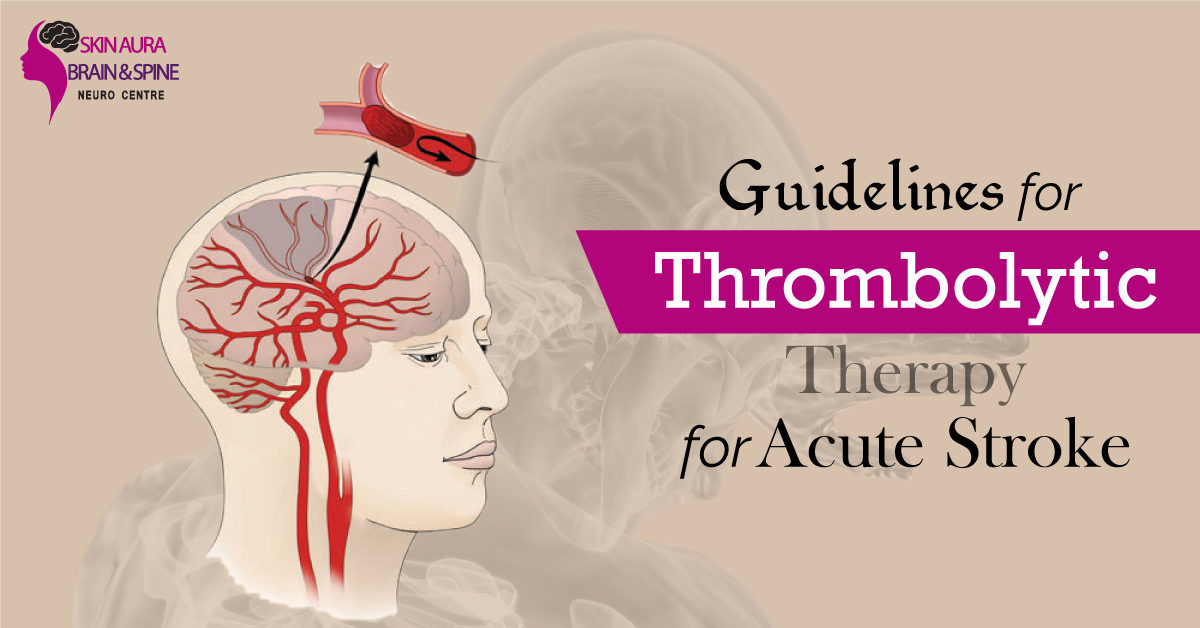To dissolve blood clots that have abruptly stopped your main arteries or veins and may have catastrophic or life-threatening consequences, thrombolytic therapy uses medications known as “clot busters” or “lytics” to administer. Before any irreversible damage is done, the treatment must be started very away if it is to have any chance of being beneficial.
The underlying cause determines session length. If you’ve had a heart attack, expect the session to last anywhere from 60 minutes to 48 hours (often the case for deep vein thrombosis, or DVT)
Purpose:
An obstruction in a blood vessel, such as a blood clot, can cut off or significantly limit blood flow to organs and systems in the body that are serviced by that particular blood artery. This may do significant harm to specific body components. A heart attack can occur if a clot forms in an artery that provides blood to the heart. A stroke can be caused by a blood clot that blocks blood flow to the brain. Patients at risk of severe or life-threatening complications from blood clots can benefit from thrombolytic therapy. According to recent studies, Thrombolysis for Acute Brain Stroke can help avoid or reverse paralysis and other issues that could otherwise occur after stroke treatment.
Another purpose of this treatment is to remove blood clots in tubes implanted into patients’ bodies during medical procedures like dialysis or chemotherapy—thrombolytic therapy.
The recommended dosage
Each patient’s thrombolytic therapy dose is determined by the doctor administering it. For example, they will consider the patient’s weight when choosing the appropriate medication dosage.
Precautions
The sooner a stroke or heart attack is treated, the more likely that thrombolytic therapy will be beneficial. After a stroke or heart attack, the medications must be administered as soon as possible. However, it’s important to note that this treatment is not appropriate for every heart attack or stroke patient. Medical professionals are the only ones who can determine whether or not to employ a thrombolytic agent. The sooner a heart attack or stroke is diagnosed and treated, the greater the probability of survival and minimizing the risk of long-term disability.
Bleeding can occur as a side effect of thrombolytic treatment. Most of the time, this is not a big deal, but significant bleeding can occur. This is more common among the elderly. People who have been given this medication should move around as little as possible and should not attempt to stand up on their own unless instructed by a healthcare practitioner. It’s critical to heed the advice of the medical professionals in authority.
The risk of significant bleeding during thrombolytic therapy may be higher in patients with specific medical problems or who have recently undergone certain medical procedures. Before being given a thrombolytic medication, if you have any of the following issues or conditions:
The diseases of the heart or blood vessels, such as heart disease or a previous stroke, high blood pressure, such as a recent or previous stroke, tumors of the brain, stomach ulcers, and colitis; severe liver disease; active tuberculosis; recent injuries to the body or head; current injections into blood vessels; recently performed surgery, including dental surgery; tubes newly implanted in the body; and most recently, the birth of a child are all reasons to consider these as well.
Anyone who has recently had a streptococcal (strep) infection should also inform the doctor in charge of the case. For this reason, doctors may opt to use a different thrombolytic medication in patients who have just recovered from strep throat.
When given a thrombolytic drug, patients on specific medications risk experiencing severe bleeding.
Thrombolytic agents should not be administered to expectant mothers unless the doctor in charge has been informed. A miscarriage may occur in a pregnant woman who receives thrombolytic therapy during the first five months of her pregnancy. On the other hand, pregnant women have safely utilized both streptokinase and urokinase.
Breastfeeding mothers who have received thrombolytic therapy are advised to consult with their doctors before returning to the breasts.
The side effects
Health care providers should be alerted if the patient experiences fever and if they detect bleeding from their gums, wounds, or where the agent was injected.
Be on the lookout for any of the following indicators of internal bleeding while receiving thrombolytic therapy, and contact your doctor immediately if they occur:
- Stools that are dark and tarry or have blood in them
- constipation
- coughing up blood
- vomiting blood or stuff like coffee grits
- nosebleeds
Dizziness, sudden, severe, or chronic headaches, discomfort or swelling in the belly or stomach, back pain or backache, severe or constant muscle pain or stiffness, stiff, swollen, or painful joints are all examples of unexpected or unusually copious vaginal bleeding.
Antithrombotic drugs may cause other adverse effects as well. After or during thrombolytic therapy, anyone who notices any odd symptoms should contact a healthcare expert.
The majority of the time, the treatment effectively reverses or alleviates symptoms. When treatment is delayed, the chances of success with thrombolytic therapy are reduced or eliminated. In other cases, the tissues affected (such as your heart, brain, lungs, or limb) may be irreversibly harmed even though the clot has been dislodged.
